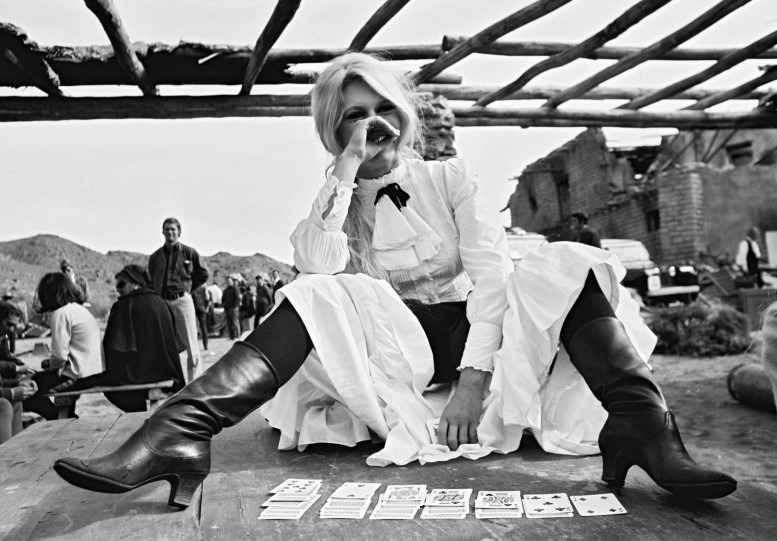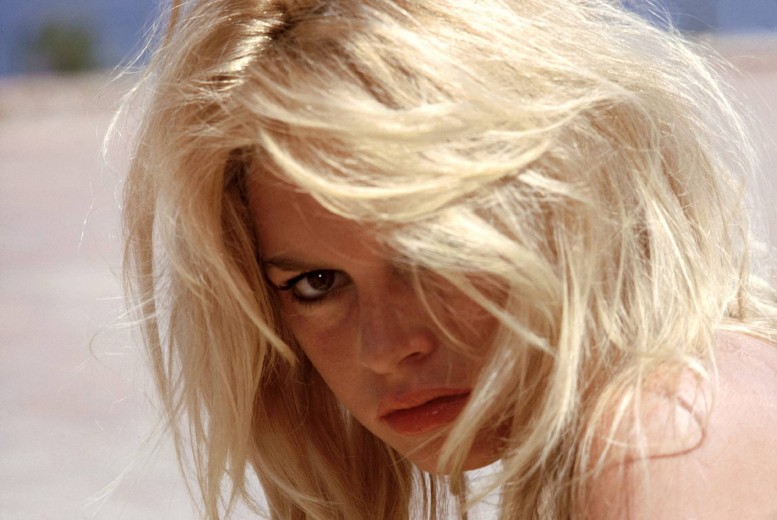Coming soon to the Autre Bookstore and Viola Boutique in London. Sign up for the newsletter to find out when tees will be available for purchase. Click here to sign up.
Bardot Exhibit at Sofitel in Los Angeles
B.B. Forever, a collection of over two dozen photographs of the actress and sex symbol Brigitte Bardot, opens this February at the Sofitel Hotel in Los Angeles. The Exhibition will run from February 21 to March 30, Sofitel Los Angeles, 8555 Beverly Blvd., Los Angeles, CA.
Cinema Sex Sirens
Diana Dors
CINEMA SEX SIRENS, published by Omnibus Press, is a unique collection of photographs of female stars of the '60s and '70s. That period marked a new era of frankness in society and the movie industry lost no time in following suit after some 25 years of censorship and self-imposed regulations. The women who became the new erotic goddesses also became world-famous and defined a generation's view of sexuality. Dave Worrall and Lee Pfeiffer's gallery illustrates a luminous collection of idealized women and offers a fascinating insight into the movies' depiction of female sexuality during the '60s and '70s. From the indisputable legends to actresses whose used their beauty to gain fame in the short-term through exploitation movies, this book provides little-known insights into their lives and careers. Cinema Sex Sirens can be found through Omnibus Press.
Bardot by Andy Warhol
Brigitte Bardot was one of the first women to be really modern and treat men like love objects, buying them and discarding them. I like that. --Andy Warhol
Gagosian Gallery London presents an exhibition of Andy Warhol's portraits of Brigitte Bardot. Warhol first met Bardot at the Cannes Film Festival in 1967 when she actively supported his attempt to show Chelsea Girls there after the original planned screening had been cancelled. In 1973, at the height of her fame, she announced her retirement from making films. That same year Warhol received the commission to make her portrait. At the time that he was shifting his focus from filmmaking back to painting and perhaps viewed her coincidental screen exit as the perfect opportunity to commemorate and idolize her in art. On view at the Gagosian Gallery in London until November 12.
[ON VIEW] The photography of CORNEL LUCAS
One of the pioneers of film portraiture Lucas began his career in the late 1930s with the help of his first sitter Marlene Dietrich. After a nervous start to the photo-shoot it ended well when Marlene famously said to him 'Join the club Mr Lucas.' He was not sure what she meant at the time but soon after the commissions started flooding in and Lucas became the photographer of choice for the British Film Industry. In the early 1950s he went on to set up the Pool Studio at Pinewood Studios in London England's equivalent of Hollywood's well run establishment at MGM studios. During his sixty-year career Lucas has photographed some of our greatest film stars both at the Pool Studio and on film locations all over the world. Marlene Dietrich was just the first of many famous faces he photographed. Brigitte Bardot, Joan Collins, Katharine Hepburn, Jean Simmons, Claudia Cardinale, David Niven, Dirk Bogarde, Alec Guinness and Diana Dors were all captured in his lens along with a long list of others. Stylish, glamorous and perfectly composed the photographs are a testament to both the photographer and the sitter. Lucas was quick to learn that his photographs were a key part to the actor's success, as Marlene Dietrich once told him: 'Mr Lucas I'm telling you now that a photograph to me is more important than film.' He was the master of the 12 x 10 large format plate camera, but also of light and shade. It is prevalent throughout his work, creating stunning, rich portraits, which are full of life and luminosity. As Lucas once said 'Light and shade made the image in its beauty.' Lucas has held numerous international and national exhibitions and was the first stills photographer ever to receive a Bafta in honour of his services to the film industry. Chris Beetles Fine Photographs in London is currently presenting a retrospective retrospective of Cornel Lucas' photography - on view until August 27.
Overpainting in Twentieth Century Press Photography
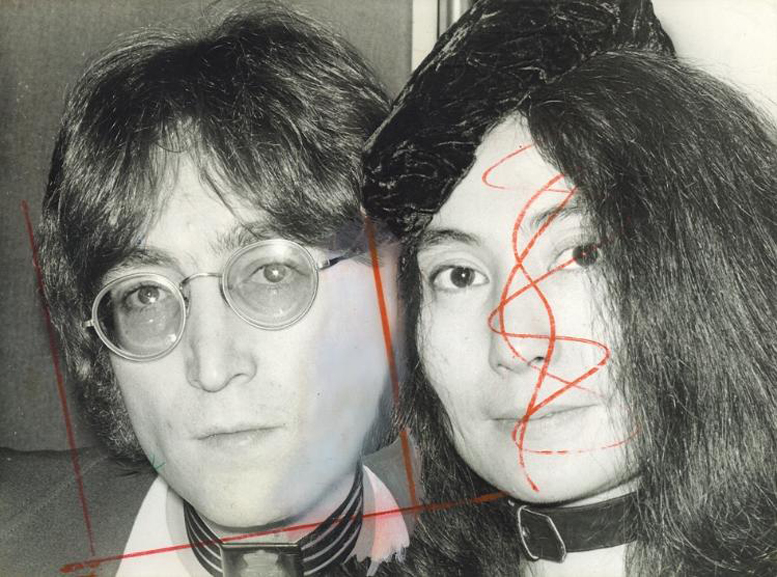
Before the invention of photoshop in 1991, it was commonplace for press agencies and the photographic departments of newspapers and magazines to enhance, crop and embellish their press photographs prior to publication. An upcoming exhibition, entitled Overworked: Overpainting in Twentieth Century Press Photography, at Flash Projects UK explores the ways in which photographs were worked-over in paint, gouache, watercolour and pencil prior to their publication, challenging the veracity of the image.
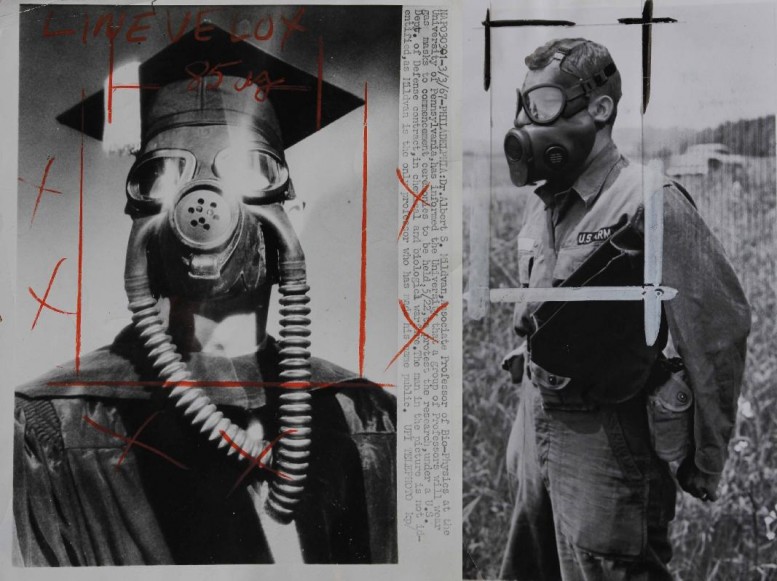
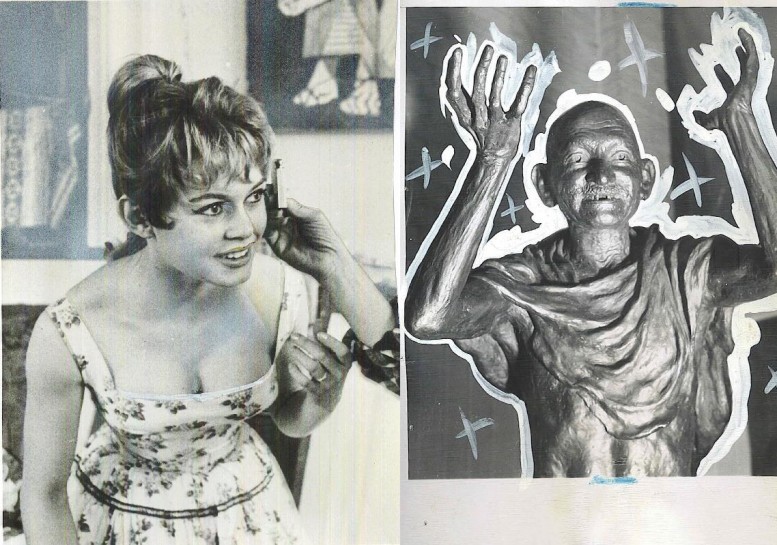
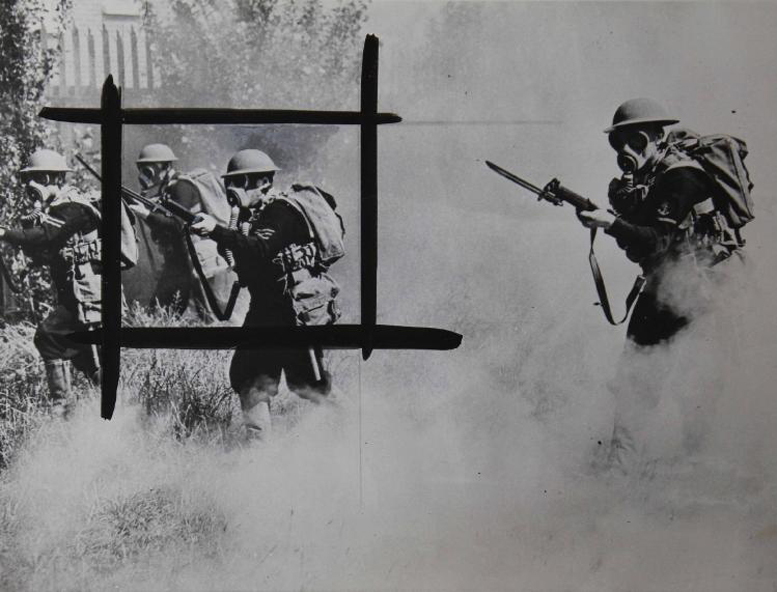
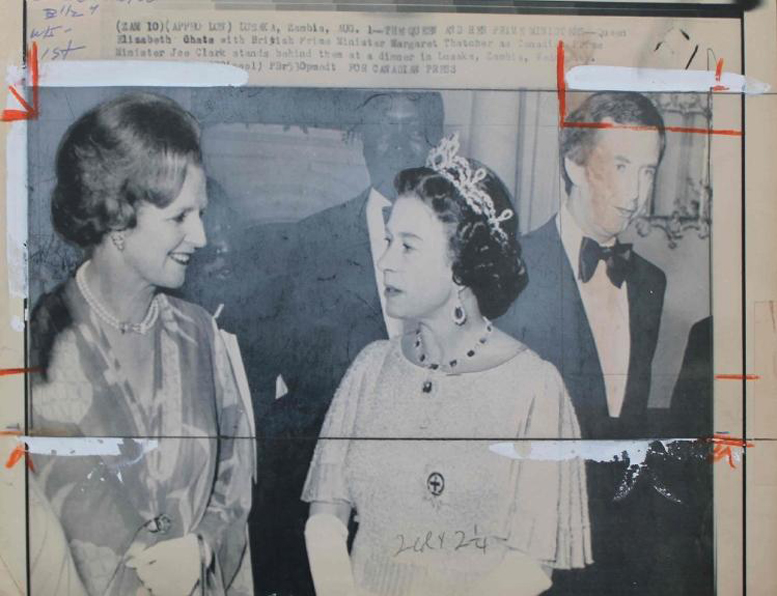
www.flash-projects.co.uk
Style: Bardot
